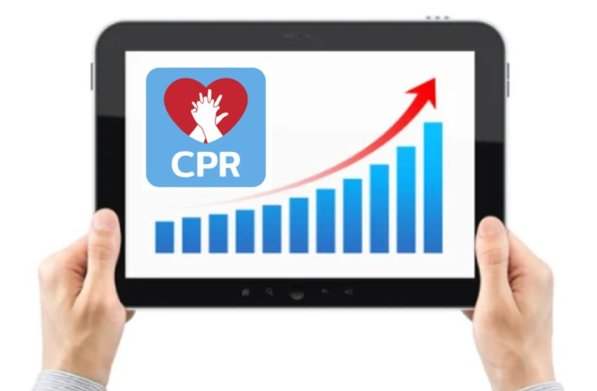
It is 4:20 p.m. on a Friday, and one of your largest advertising clients calls and tells you that they want to promote a special for an upcoming holiday in two weeks. They have a six-figure budget, and they need you to present it to their board members the following Tuesday. What do you do?
Call a quick huddle with your leadership team? Gather every promotional flyer and email over an outline of where you will place those ad dollars? This scenario happens relatively often with large and small advertisers alike throughout the year.
There may not seem to be an issue with an advertiser wanting to turn an ad campaign around quickly. However, how confident are you in the functionality of your in-house processes to ensure that all ad campaigns are communicated and delivered correctly, efficiently sustained, sized and systematically consistent for volume and annual retention across your sales floor? It may seem minuscule, but this has remained somewhat of a lingering and mysterious issue across sales departments that could lead to missed revenue if not addressed.
The opportunity, however, I believe, is slightly fun and straightforward to solve. That said, it does involve collaboration across departments, time and monetary investment, and a thorough understanding of sales workflow logistics.
I am not simply referring to prospecting and needs assessments but instead suggesting an in-depth evaluation of the effectiveness of the entire system for your sales staff. As a senior leader, how have you engineered the approach and methodology of generating new opportunities into a sales funnel, delivering and selling optimal solutions to your advertisers, and retaining those clients year after year? If you are curious about how to put your current technique to the test, compare them against these three suggested pillars of a successful and functional system to help breathe some life and opportunity into your existing structure with CPR.
“C” is for communication, and it is by far the most vital construct pillar to jump-start your sales system immediately. As the department leader, take a moment to evaluate how you consistently communicate with current advertisers and prospects. Leverage your marketing department to share your organization’s brand, community involvement, services, testimonials, offers and specials to regional businesses and current advertisers. As a leader, make the monetary investment into an applicable email marketing software and stay tethered with your sales team in the communication sent to their clients and prospects. The premise is to establish additional market share and brand awareness about your company’s features, benefits and promotions to yield higher quality incoming call activity and close ratios for your sales teams.
Traditionally, this approach has been an interdiction because some sales executives and managers prefer total control over communication with the account. Strategize with your team leaders and collaborate with your marketing department so that you can be strategic and targeted in your approach while still generating sales and revenue growth opportunities with new and existing advertisers overall.
In addition, any new, current or old prospect email acquired should be placed into an email communication journey specifically designed to engage and enhance the propensity of those prospects to do business with your organization.
“P” is for process, and it correlates closer to the traditional sales sequence, but there is a significant modification that you must inject.
Suppose it is your sales team’s responsibility to take a new lead through the needs assessments, proposal delivery and commitment follow-up. In that case, it is your responsibility as a sales leader to engineer a system that makes proposal requests and creative development elementary, expeditious and effective. Take advantage of software services or online forms to develop a proposal request workflow with your design or marketing department that delivers compelling and convincing advertising proposals within one to two business days. These should include all advertiser objectives, suggested product solutions, applicable discounts, perennial special sections and ad creative so that your sales team and leaders can maximize their time in the field.
Furthermore, be sure to invest in cloud-based electronic agreement management software to streamline and organize your advertiser contracts. Agreement software can help keep business compliance consistent, outline and affirm campaign deliverables easier and simplify the signature process.
“R” is for retention, and it is the Achilles heel of your department’s sustainable growth and longevity. Identify and automate touchpoints and essential communication follow-up. Think of your advertisers as brand advocates of your organization. Keep them informed on how their campaign is delivered and performing, but be sure to provide critical insight, tips and feedback on amplifying their efforts. Build a trusted partnership and remind your clients of how your organization is helping them achieve their goals, any applicable benefits they are receiving and upcoming events or promotions. Be sure that they are part of a communication journey and mitigate the timeframe between points of engagement so that you better establish your organization as a go-to media partner.
Richard E. Brown is a News Media Alliance Rising Star recipient, the former director of renewals and digital sales strategy at LPi and the former director of digital operations and sales of the Milwaukee Journal Sentinel. He currently serves as head of digital subscriber churn for Gannett | USA TODAY NETWORK.
Comments
No comments on this item Please log in to comment by clicking here